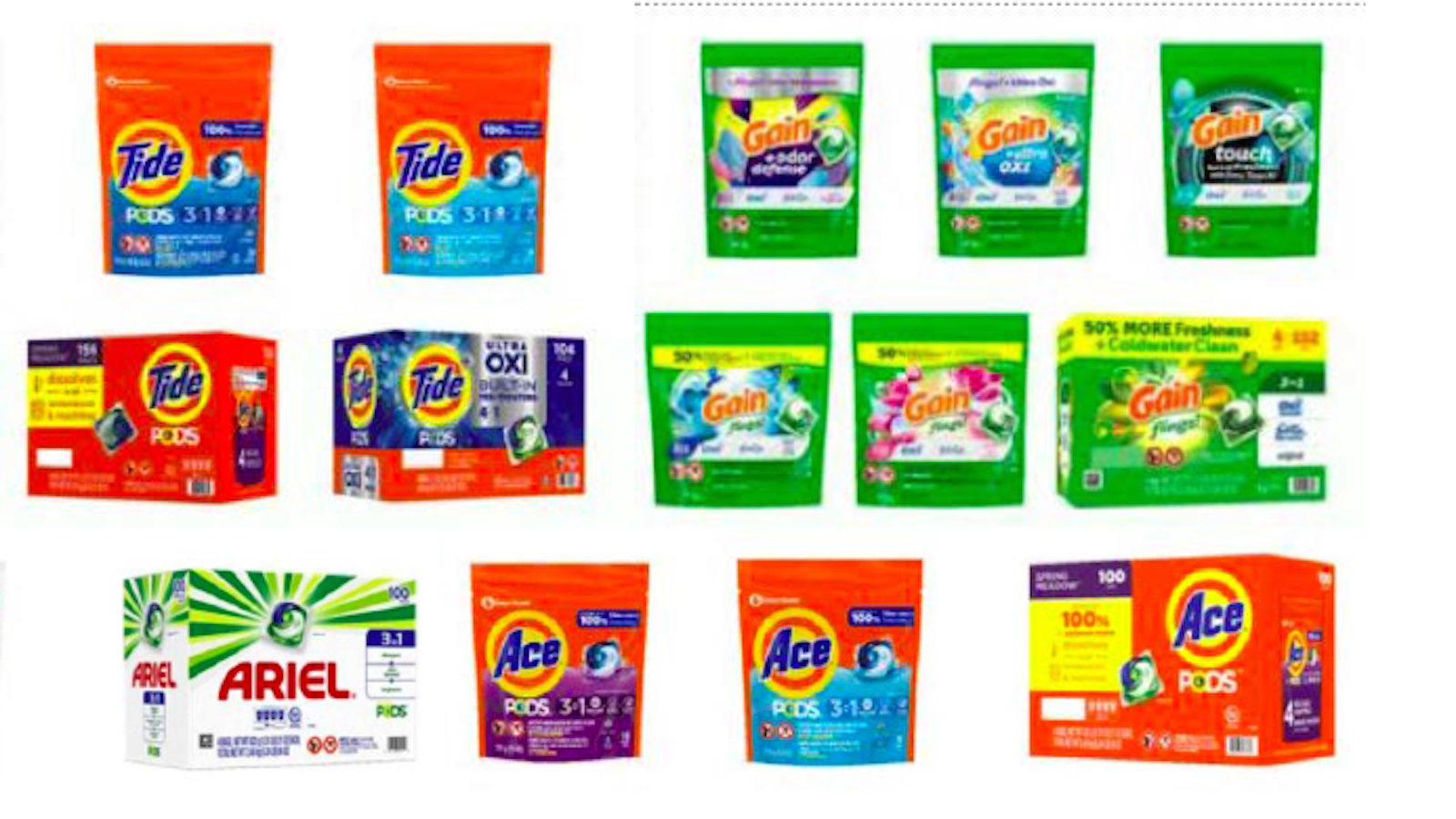
NYT Points Out Overdraft Fees Still A Problem
A major article in today's New York Times, "Overdraft Practices Continue to Gut Bank Accounts and Haunt Customers," points out that while 2010 reforms put in place by the pre-CFPB regulators have helped, there's still work to be done to protect consumers from unfair overdraft practices. While years ago banks used "bounced check" fees to deter what was then seen as a negative behavior, more recently they have encouraged overdrafts by offering "standard overdraft protection" as if it is a feature, not a bug. They've made billions.
A major article in today’s New York Times, “Overdraft Practices Continue to Gut Bank Accounts and Haunt Customers,” points out that while 2010 reforms put in place by the pre-CFPB regulators have helped, there’s still work to be done to protect consumers from unfair overdraft practices. While years ago banks used “bounced check” fees to deter what was then seen as a negative behavior, more recently they have encouraged overdrafts by offering “standard overdraft protection” as if it is a feature, not a bug. They’ve made billions.
Two big factors in the increase of overdraft revenue were the following:
First: “Standard overdraft protection” was sold as a profit center by bank consultants beginning in the late 1990s; small banks adopted it first, but the big banks eventually jumped on board. Previously, banks would literally “bounce” (or return unpaid) an overdrawn check, forcing the customer to lose face with his retail merchant or landlord or even his mortgage-holder, as well as pay a fee to both the bank and that recipient of the bounced check.
Banks had long been aware that most checks from existing customers would be made good, usually on the second attempt. Banks previously might have had a manager’s override allow a “good” customer’s check to clear even when it would overdraft the account, and then to charge that consumer a courtesy fee for avoiding the stigma of the bounced check. What the bank consultants proposed and what became ubiquitous was to make this “courtesy overdraft” a default feature of typical checking accounts for qualified (nearly everyone “qualified”) consumers. “You’re a good customer so we’ll cover your biunced check, but we need to charge you $35 for the service.”
Second, banks aggressively promoted the use of debit cards at point of sale, with a catch: While most banks kept the default switch set to “OFF” at ATM machines to deny overdrawn transactions, they changed it to “ON” to allow overdrafts at merchant point of sale. This resulted in the $38 latte. Just $3 bucks for the coffee; $35 for using your debit card.
Consumer groups, including PIRG, argued for years that overdraft protection was a form of lending regulated by the Truth In Lending Act and subject to strict regulations. The banks, and regulators, disagreed. They claimed it was a service subject only to disclosure under the Truth In Savings Act. This 2003 memo from the Consumer Federation of America and National Consumer Law Center is illustrative of numerous reports, regulatory comments and other consumer group activities seeking to get the regulators’ attention. A series of PIRG “Big Banks, Bigger Fees” reports begun in the 1990s also highlighted the problem of unfair bank fees (2012 report).
The 2010 overdraft rules imposed one key consumer protection: The rules stated that consumers had to opt-in or agree to “Standard Overdraft Protection,” otherwise the default switch on debit cards had to be turned off. (You could still bounce other checks or online transactions). Even this provision may be abused, since the CFPB has found massive differences in the “uptake” of the product at different banks, suggesting that some banks may be marketing the “opt-in” much more aggressively.
Further, the rules did not solve other problems, such as check re-ordering or multiple daily penalty fees. Check re-ordering is explained in the New York Times story:
“In a series of class-action lawsuits beginning in 2009 against more than a dozen big banks, customers accused banks of hiding a practice known as reordering. The practice, the lawsuits revealed, involved deliberately processing large transactions like mortgage payments first before taking out smaller charges, like a purchase of coffee — even if customers bought the coffee first. By arranging the order of transactions, the banks could maximize the number of overdrafts they charged. At the time, some banks defended the practice, arguing it ensured that large, important bills were covered. (link in original)”
Charging multiple daily penalty fees for multiple bounced transactions is a problem that is exacerbated by re-ordering, which cites a customer of TD Bank as paying as much as “$140 in overdraft fees in a single day.” That would be 4 overdrafts at $35/each. Some banks allow up to 7 overdraft fees/day.
The CFPB writes all consumer banking rules, applicable to all banks, and supervises (or examines) the very largest. But 3 different safety and soundness, or prudential, regulators enforce those rules as they apply to each bank’s own risk practices and also examine all smaller banks for consumer law compliance. The Federal Reserve, Office of the Comptroller of the Currency and the FDIC regulate banks depending on their charter. Generally, most of the very biggest banks are national banks and under the OCC. The Fed examines state banks that are members of the Federal Reserve System; the FDIC (in addition to regulating deposit insurance for all banks) examines other state “non-member banks.”
The FDIC, under its chair Marty Gruenberg and previous chair, Sheila Bair, is most philosophically akin to the CFPB in terms of making its consumer protection role an integral part of its larger role in the banking regulatory system. Its final overdraft rules in 2010 called imposing repetitive overdrafts a problematic bank practice and imposed additional duties on its regulated banks both to consider repeated overdrafts a regulatory problem and to counsel consumers at risk of paying large numbers of bank fees.
But much more needs to be done. A 2012 CFPB report explained the general problem. A 2013 CFPB report warned of problematic practices. This year, CFPB provided tips to consumers to avoid overdrafts.
Finally, note that even though the New York Times story indicates that problems are not limited to the basic “Standard Overdraft Protection” product but may extend to the more traditional lines of credit that consumers must apply for, these credit accounts are a much better alternative for you than “standard overdraft protection,” even though, like any loan, may get you into trouble. Check out the CFPB Tips.
Topics
Authors
Ed Mierzwinski
Senior Director, Federal Consumer Program, U.S. PIRG Education Fund
Ed oversees U.S. PIRG’s federal consumer program, helping to lead national efforts to improve consumer credit reporting laws, identity theft protections, product safety regulations and more. Ed is co-founder and continuing leader of the coalition, Americans For Financial Reform, which fought for the Dodd-Frank Wall Street Reform and Consumer Protection Act of 2010, including as its centerpiece the Consumer Financial Protection Bureau. He was awarded the Consumer Federation of America's Esther Peterson Consumer Service Award in 2006, Privacy International's Brandeis Award in 2003, and numerous annual "Top Lobbyist" awards from The Hill and other outlets. Ed lives in Virginia, and on weekends he enjoys biking with friends on the many local bicycle trails.
Find Out More

U.S. food regulators allow most food additives, but could that change?

Laundry pods: 8.2 million bags recalled because they can open easily, poison children

New water beads warning: Some contain cancer-causing toxin
